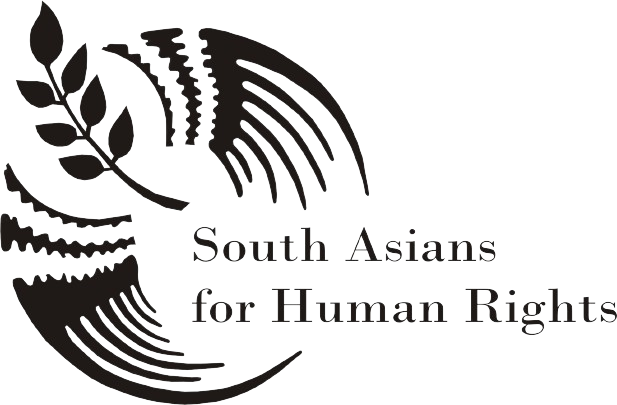No city or country is safe for the journalists. This is the sad reality. This reality becomes visible if we analyse various reports of how journalists suffered globally last year. Even the New Year began with a murder of a journalist in Bihar. In all, 122 journalists and media professionals were killed in 2016 while performing their professional duties across the world. Five journalists were killed in India. According to International Federation of Journalists (IFJ), 112 journalists were killed in 2015. Various journalists and human rights organisations working globally feel that the profession of journalism has become more risky.
The profession of journalism automatically attracts risks and enemies. Journalism has become more risky with the increasing tendency of intolerance and hatred. They suffer worse in conflict zones and war-like situation. No wonder more journalists get killed in countries like Iraq, Afghanistan and Syria. Fifteen journalists were killed in Iraq, 13 in Afghanistan, 11 in Mexico, 8 in Yemen, 6 in Syria and five each in India and Pakistan. Around 93 out of 122 were targeted killings and 20 Brazilian sports journalists were killed in a plane crash over the city of Medellin in Colombia.
Targeted killings in 2016 have gone down from 2015. But, it is not a matter of complacency. The incidents of threats, censorship and pre-censorship have increased. Threats are from state and non-state actors. It is affecting freedom of expression and also readers’ and viewers’ right to know. The reporters and photographers at the ground suffer the worst as they are on the field.
In a conflict zone, reporters are always under pressure from state and non-state actors over what to publish or not to publish. They get threats, some time they are assaulted or kidnapped or killed. These kinds of threats or killings also send messages to other journalists to not to write the truth. Ultimately, truth is always inconvenient to the rulers or militants. Truth becomes the casualty in the tussle.
The scenario in Asia and Africa is more disturbing. Over the years, journalists in Pakistan and Afghanistan have been suffering. Journalism is extremely difficult in the war-like situation in Khyber Pakhtunkhwa, Balochistan in Pakistan and in Afghanistan. The number of murdered journalists in Pakistan and Afghanistan will be more than what IFJ or Committee for the Protection of Journalists (CPJ) have mentioned in their annual reports. Freelance journalists working in tribal areas of Pakistan and Afghanistan are always on the hit list of various forces. It is just impossible to keep track of such journalists and their sufferings.
Tarun Mishra (32), bureau chief of Jan Sandesh Times from Uttar Pradesh was shot dead on February 13; Akhilesh Pratap Singh (35) from Jharkhand of Taaza TV was killed by local goons on May 16; Rajdeo Ranjan, bureau chief of The Hindustan was shot dead on May 13 in Bihar; Kishore Dave, bureau chief of Jai Hind was murdered on August 22 in Gujarat and Dharmendra Singh, correspondent of Dainik Bhaskar was shot dead on November 12 in Bihar’s Rohtas district.
The New Year began with a killing of Brajesh Kumar Singh (28) from Bihar’s Samastipur district. He was working with a leading Hindi daily. He was shot dead on January 3, 2017. The killers of journalists go free in India. It is like total impunity. The culture of impunity is making media vulnerable to threat and murders. According to the Impunity Index, between 1992 and July 2016, 27 journalists were killed in India. According to CPJ, not a single accused has so far been convicted in all these cases. Most of the journalists who were killed were from rural areas. Journalists from rural areas are at a greater risk than the journalists from the metro cities.
Unfortunately, the killing of not well-known journalists from the rural areas does not attract much attention.
Journalists are aware that their profession attracts risk and they are willing to face it. But, at the same time it is the responsibility of the state to provide an atmosphere where journalists can work without any fear. Today journalists, especially in rural areas are working under constant fear. The role of journalists is to expose the corrupt system and give voice to the marginal communities. Naturally, it hurts the corrupt system and so the attacks take place. The journalist community has been demanding for a long time enactment of a law to ensure safety of journalists.
The Press Council of India is also demanding enactment of such a law. Maharashtra is witnessing tremendous increase in attacks on journalists. Devendra Fadanvis-led Maharashtra government has assured the scribes that they will enact a law to protect journalists.
Nobody knows whether such a law will ever be enacted and how far it will help in protecting journalists. Journalism is such a kind of profession where they should be prepared for any risk.
Source: http://www.sakaaltimes.com/
Updated On: 14 January 2017
